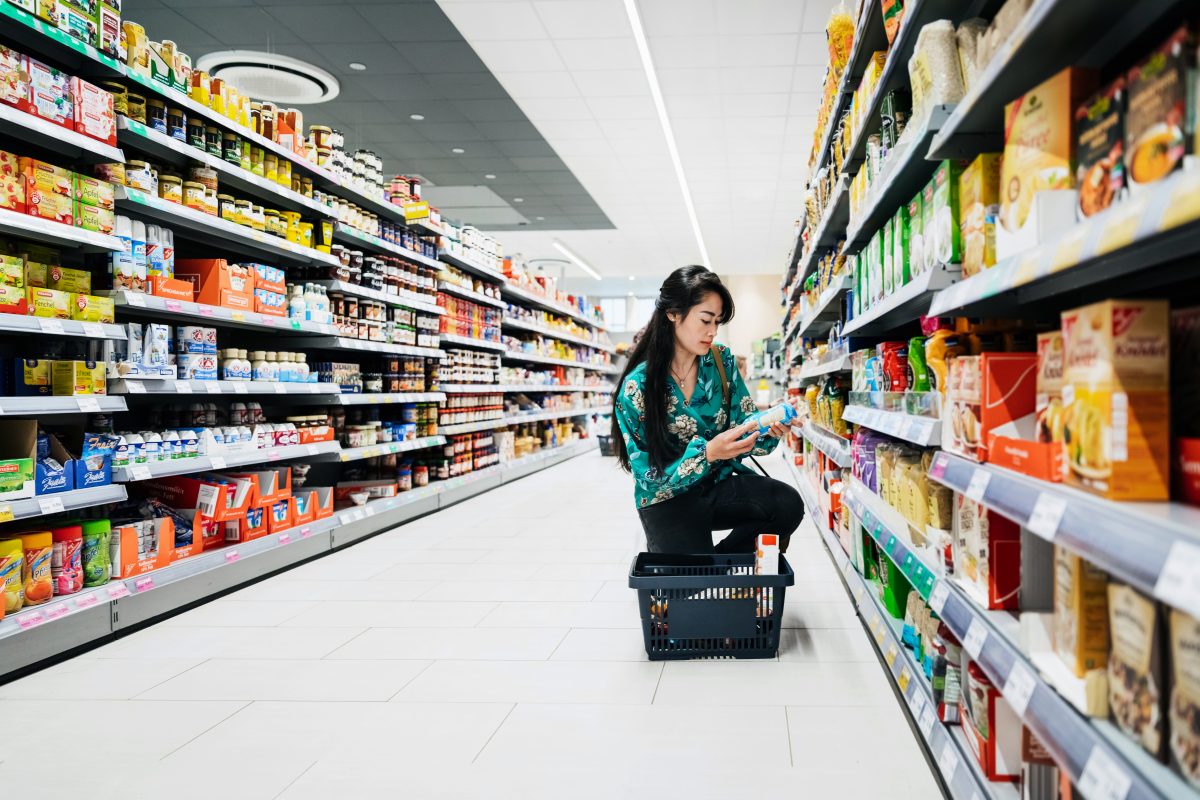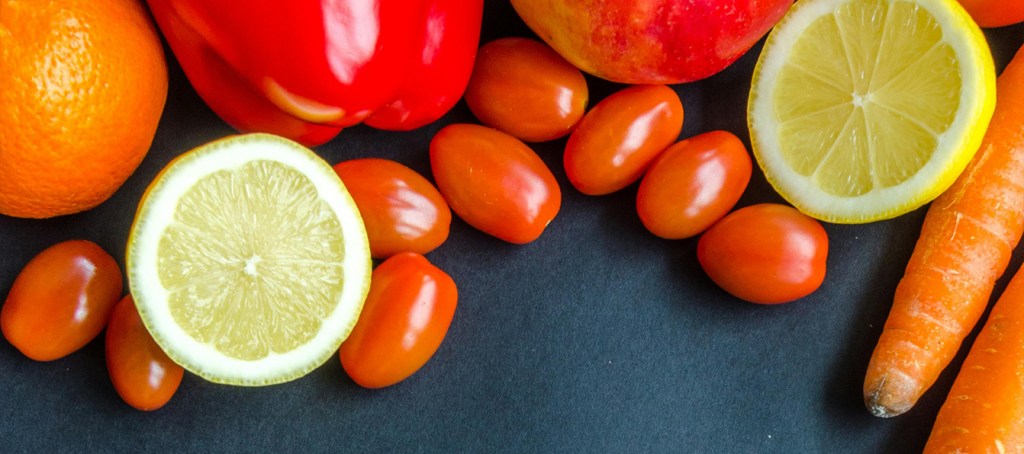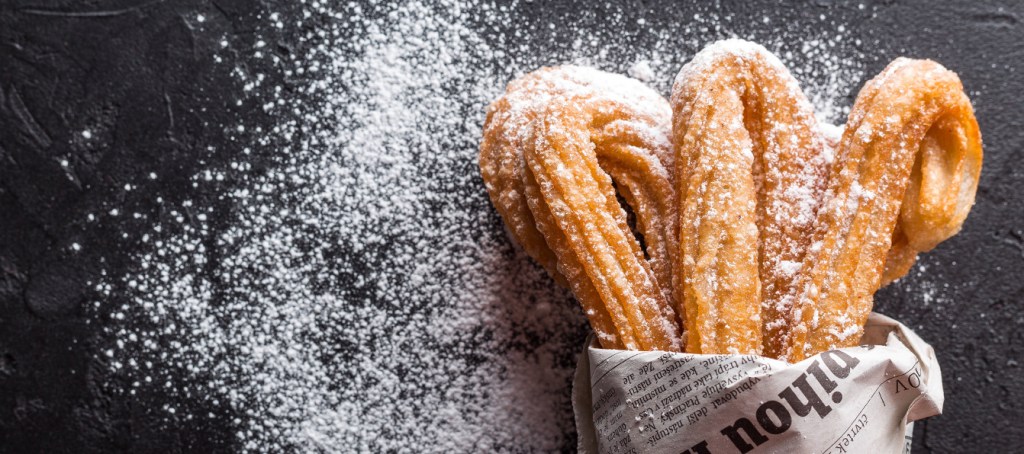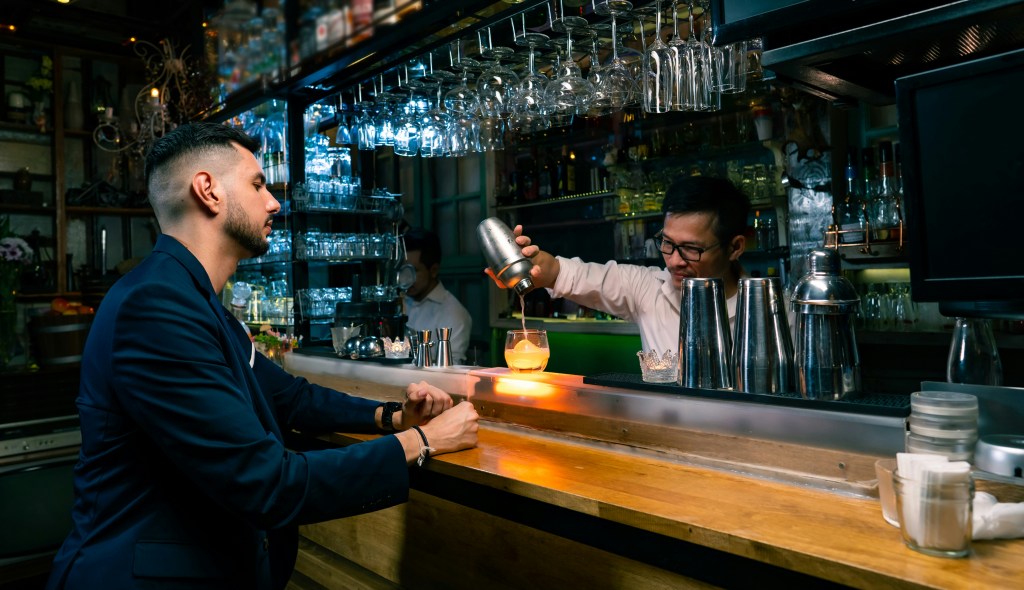Price elasticity in 2022
Price elasticity is a concept that can conjure a variety of emotions. While not everyone has taken a microeconomics class, every shopper has a role to play in whether the price of the product is elastic or inelastic.
To put it simply, price elasticity is a measure of how reactive a market is to a price change for a given product.
In 2022, the question on everyone’s minds was: shouldn’t prices become more elastic due to the extreme price inflation we’ve experienced in the last 12 months?
Intuitively, that notion seems to make sense, but let’s think about it for a second. Unemployment is at a historically low level in the U.S.—between 3.5% and 3.7% month to month. People with jobs have household cashflow, and while inflation is eroding purchasing and saving power, employed consumers can absorb price shocks and continue to spend.
In addition, consumers rationalize categories based on how discretionary that group of products is for their household, so naturally, consumer staples may be more inelastic than perceived luxuries.
Can we expect this trend to continue into 2023?
Learning from the past
We need to look backward to look forward. What we learned about elasticities during the Great Recession of 2008 is that every day and promoted price elasticities pre, during and post-recession had very little variance, hovering right around -1.46 to -1.49 for branded items.
NIQ is expecting very similar results in 2022/23 to what we experienced in 2008. We believe this to be the case because the relative price of everything in the market has increased yet is still being absorbed by shoppers.
The differences between the 2008 recession and now are stark driven by the fact that today we’re coming out of a global pandemic. Unemployment spiked to 14.4% in April 2020 because of a short two-month recession and came down almost as quickly as it went up.
The pandemic created some interesting financial opportunities for consumers. First, the forced isolation and government stimulus money created an opportunity for some households to increase their savings rate into the double digits. That was not the case in 2008. Unemployment peaked at 10.6% and the recession lasted 18 months with no major adjustments to unemployment benefits.

How CPG responded
So, how did the CPG industry get out of the 2008/09 recession? By promoting their way out. Trade dollars were devoted to discounting brands and keeping consumers coming into stores. This could be done because there were no supply issues keeping a throttle on goods getting to shelves.
Not so today. Supply disruptions continue to be an issue across CPG categories and promotions would only exacerbate out of stocks and frustrate shoppers. The opportunity now is bringing promotion back thoughtfully and profitably.
With all of this in mind, it’s clear that there’s a new question we need to tackle—what happens when the employment picture begins changing?



